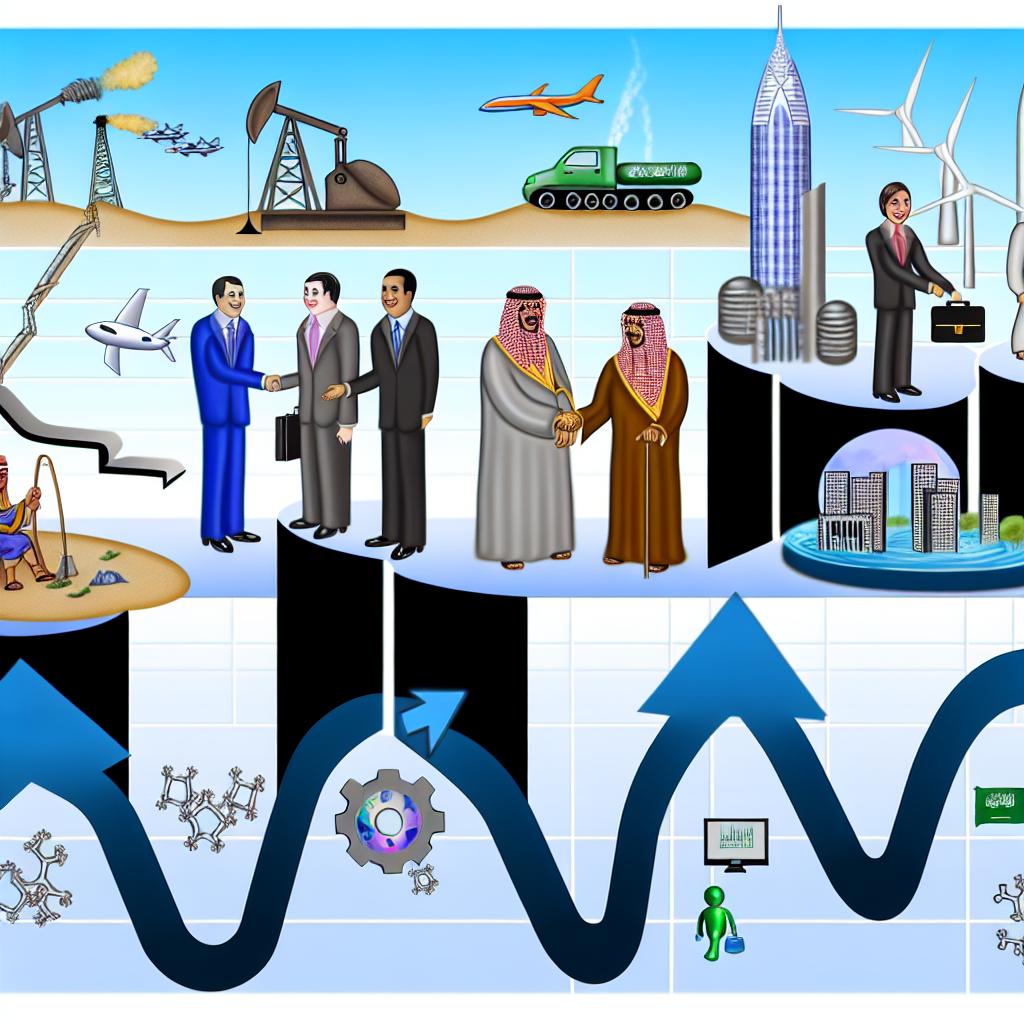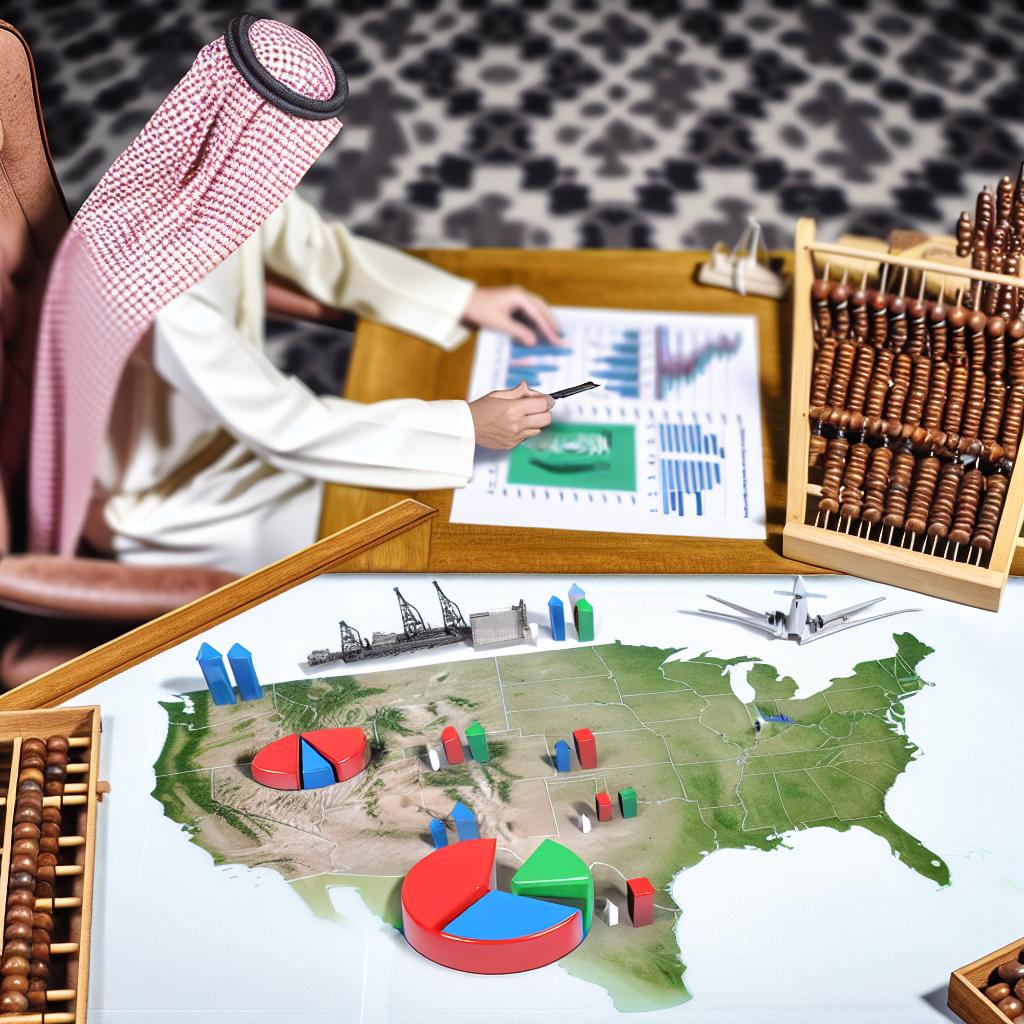The Beginnings of US-Saudi Business Relations
The origins of the relationship between the United States and Saudi Arabia can be traced back to the early 20th century, with a significant catalyst being the discovery of oil. In 1933, Standard Oil of California, known today as Chevron, obtained a concession to explore oil in Saudi Arabia. This led to the formation of the Arabian American Oil Company (Aramco), a momentous development that established the foundation for mutual interests centered on energy resources. This event not only marked the beginning of US-Saudi business relations but also set the stage for a partnership that would grow deeply interconnected with global energy demands.
The Oil Boom and Strengthened Ties
Following the initial discovery of oil, the US-Saudi relationship flourished in the decades that ensued, most notably after the end of World War II. Saudi Arabia’s vast oil reserves became critically important, particularly during the 1973 oil crisis. This global event illuminated the Kingdom’s pivotal role in energy markets, solidifying its status as a crucial ally of the United States. As oil emerged as a primary energy source worldwide, American companies sought to deepen their engagement, expanding their operations within Saudi Arabia and heavily investing in the country’s burgeoning oil and associated infrastructure sectors. This period was distinguished by extensive technical collaborations needed to effectively tap into Saudi Arabia’s substantial oil reserves and navigate the shifting landscape of the global energy market.
Diversification in Business Relations
As the 20th century drew to a close, there was a concerted move by both nations to broaden the scope of their business relationships beyond the oil sector. Saudi Arabia commenced efforts to diversify its economy, aligning with a series of national development strategies aimed at fostering growth across various industries. This diversification opened avenues in construction, finance, and manufacturing, attracting the interest of American firms. These firms, motivated by Saudi Arabia’s Vision 2030 initiative, began to explore prospects in emerging sectors such as renewable energy, healthcare, and entertainment. The market reforms in Saudi Arabia created a fertile ground for American enterprises, presenting new opportunities for investment and collaboration that extended beyond traditional sectors.
Technological and Defense Collaborations
In the context of global geopolitics, the defense and technology sectors have played a crucial role in shaping US-Saudi business relations. American defense contractors have maintained a longstanding partnership with Saudi Arabia, supplying a range of military equipment and services. This defense cooperation has been a cornerstone in the strategic alignment between the two nations. Recently, their collaboration has widened, encompassing technological fields such as cybersecurity and artificial intelligence (AI). These collaborations are driven by regional security challenges and the sweeping changes ushered in by digital transformation. Both nations recognize the importance of advancing their technological capabilities to address modern security threats and to stay competitive in the digital economy.
Current and Future Prospects
Today, the business relationship between the United States and Saudi Arabia is multifaceted, encapsulating a diverse array of industries that extend beyond traditional oil and defense sectors. Saudi Arabia’s ambitious Vision 2030 plan aims to reduce its reliance on oil, setting the stage for US businesses to engage in tech-driven industries, including renewable energy, tourism, biotechnology, and smart city development. The economic landscape is rapidly evolving, with increased openness and opportunities for foreign investment.
Moreover, the normalization of political relations in the broader Middle East region is poised to further fortify bilateral trade and investment opportunities. A stable and cooperative regional environment can pave the way for increased economic partnerships, facilitating the smooth flow of goods, services, and capital. Given the breadth and depth of this bilateral relationship, continued collaboration between the United States and Saudi Arabia can serve as a model for strategic partnerships aimed at mutual growth and stability, influencing not only bilateral interests but also contributing to regional and global prosperity.
For those seeking more detailed information on the evolving US-Saudi business collaborations, comprehensive insights can be found on the official US Department of State website. This platform offers a wealth of information on bilateral relations, trade agreements, and economic initiatives, providing updates and in-depth analysis on the dynamic and diverse US-Saudi business landscape.
This article was last updated on: February 15, 2025




